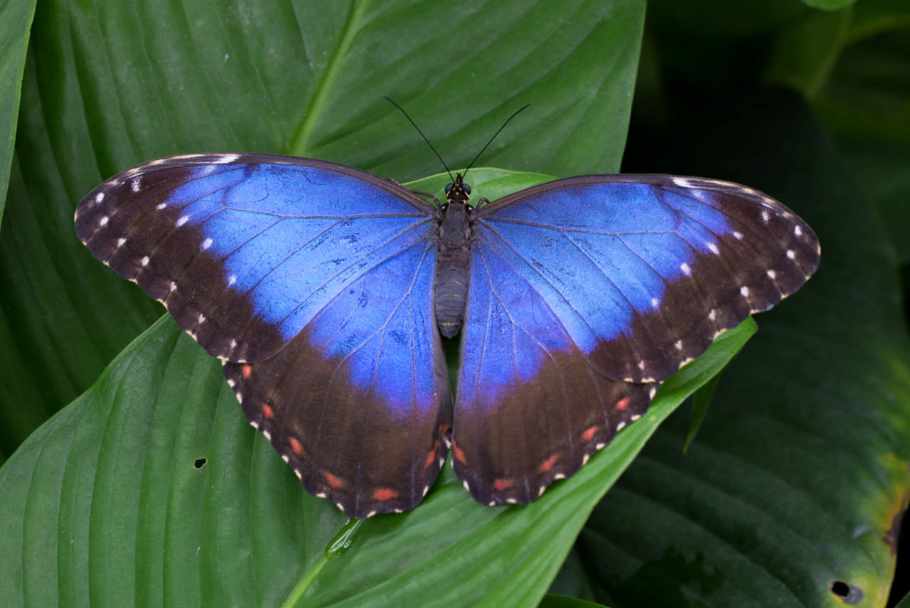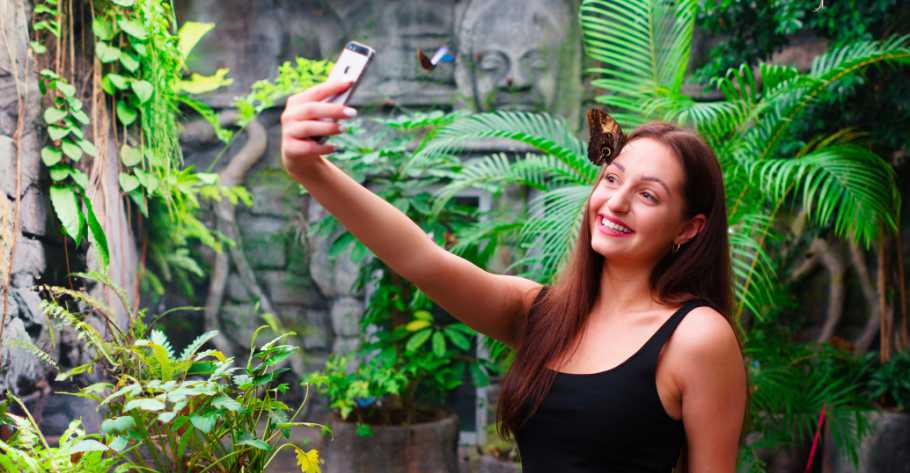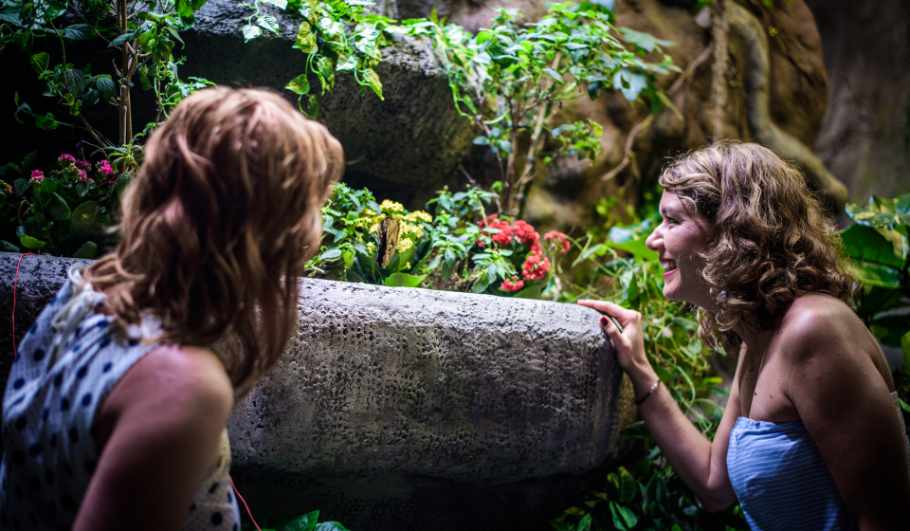What is a butterfly house?
The Butterfly House is a specially constructed and publicly accessible ecosystem that simulates the natural conditions for the healthy and active life of exotic butterfly species.
This is a tourist attraction that allows visitors to see hundreds of live specimens up close - butterflies from the rainforests of South America, Mexico, Thailand, the Philippines, sub-Saharan Africa, and other regions.
The species present rank among the most beautiful butterflies in the world, some with a wingspan of up to 20 cm!

The Butterfly House as a tourist attraction
Visiting the Butterfly House is a hands-on tour. Exotic butterflies have no innate fear of humans, they are not stressed by their presence whatsoever and instead, they often interact with them through direct contact. This is in line with modern tourism trends, where visitors are no longer in the role of mere passive observers but become an active part of the display.

Thanks to this, Butterfly House visitors experience original situations, which they can capture (or share on social media) in the form of a selfie with an exotic butterfly on their shoulder; a parent can take a photo of their child watching a butterfly as it feeds; a couple in love can shoot a video with butterflies flying above their heads, etc.
Visitor structure
The Butterfly House is one of the few tourist attractions that is sought out by a wide spectrum of visitors, spanning age groups, interest groups, and ethnicities. Such universal appeal is a rather rare phenomenon among tourist destinations that, compared to attractions with a narrowly defined clientele, not only allows for a wide selection of locations suitable for the realisation, but also provides a guarantee that the potential of the selected location will be exploited commercially according to feasibility.

The wide spectrum of visitors creates a stable visitor base and operations that are, from a commercial perspective, resistant to negative external influences, such as the government restrictions in effect during the Covid-19 pandemic, when an absent group of visitors was always successfully replaced by a group not prevented from visiting.
